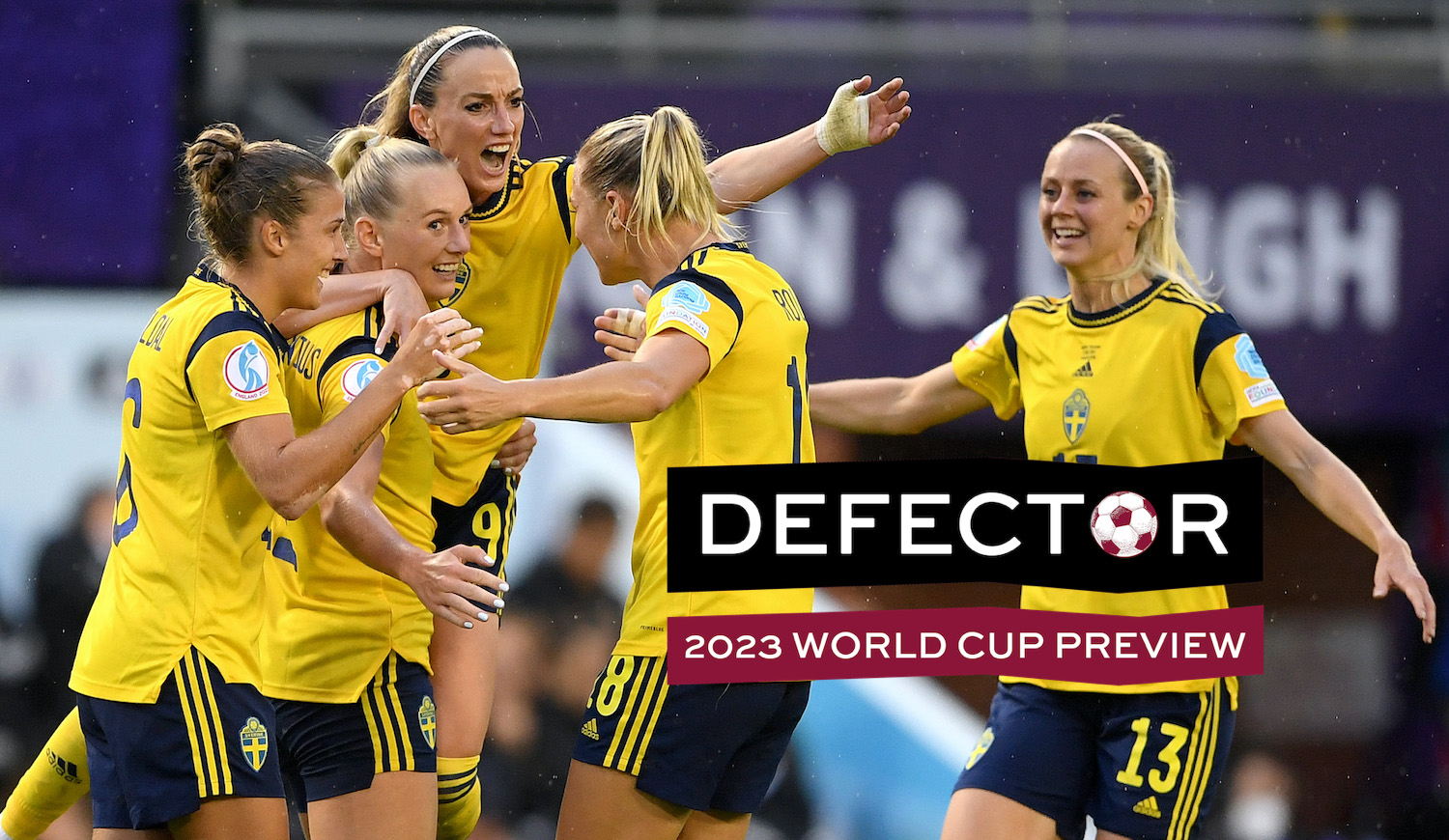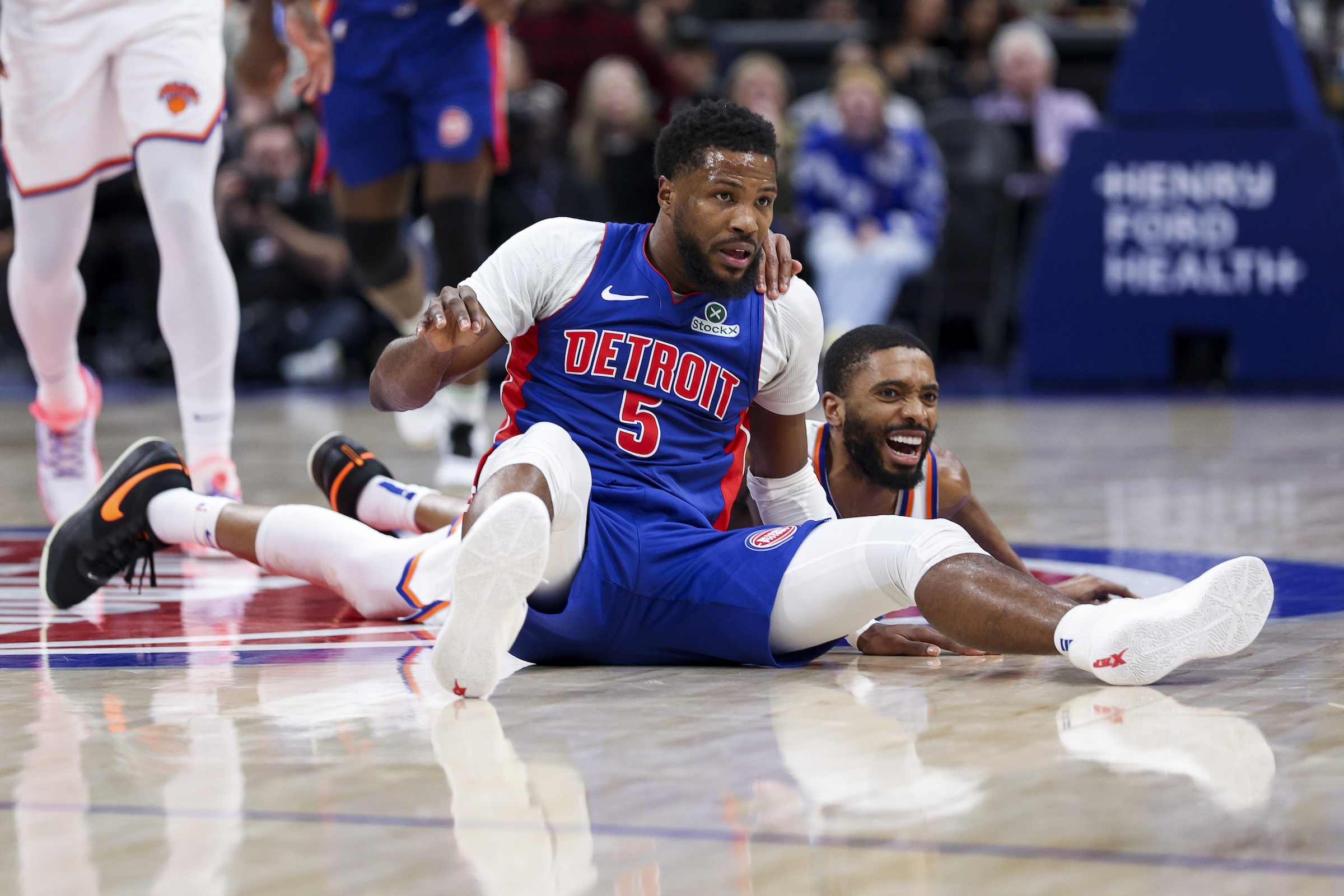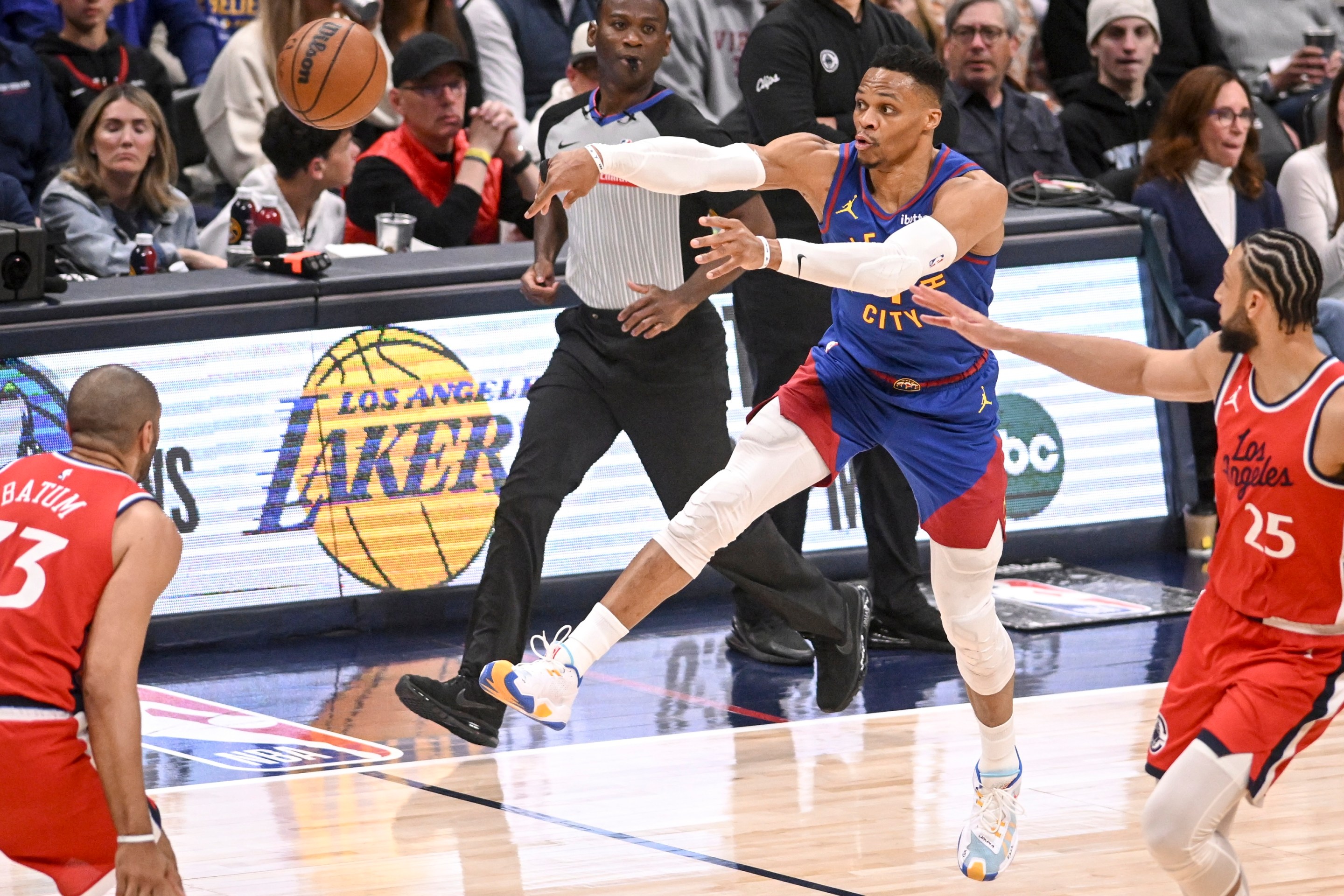It’s almost time for the 2023 World Cup. To help get you ready, we will be providing you with precious information about every team in the tournament. You can read all of our team previews here.
The Swedes are masters of the second-place finish. They've lost two consecutive Olympic finals, and have finished runners-up at a World Cup and three Euros. Weigh their three third-place finishes at the World Cup (including last time around in 2019) against their title at the first-ever Euros 39 years ago, and the conclusion is inescapable: Nobody is as good at coming close and falling short as Sweden.
Although almost every other nation in the world would be thrilled with Sweden's level of success over the past decade, the country's fantastic generation of stars is getting close to the end of their run with a lonely pair of Algarve Cups to show for their troubles. Kosovare Asllani, Sofia Jakobsson, Magdalena Eriksson, Caroline Seger and the rest of Sweden's highly decorated corps of 30-plus-year-olds have all been so good for so long. A 2023 World Cup title would be a tremendous career capstone for a generation that's done so much, earned so many tremendous wins (like a 3-0 thrashing of the USWNT in 2021), and established Sweden as one of the premier women's soccer programs. The problem is that the field is more stacked than ever, and they were hounded out of the last major tournament they participated in, dropping the Euro semifinal to an unstoppable England team, 4-0.
It must be agonizing to keep getting within reach of a program-defining championship, only for it to keep slipping away on the finest of margins, like when Canada beat them on penalties in Tokyo or the Netherlands beat them in extra time in 2019. But to his credit, manager Peter Gerhardsson understands that his team is world class, and has a championship-worthy process. "I don’t believe in being a ‘winner’ or anything like that," Gerhardsson told the Washington Post. "We are competing in a sport where many different things can happen in a game." Sweden can't afford to slip up early in this tournament, as the second-place team in their group will likely have a date with the USWNT. Thankfully, they are one of the most battle-tested sides in the tournament.
Who Is Their Star?
Sweden has many standout players all over the field, from the stalwart center back Eriksson to the experienced midfield duo of Seger and Asllani to goalscorers Jakobsson and Fridolina Rolfo. Of the many options here, Stina Blackstenius stands out. The Arsenal striker is prolific for both club and country, with 25 Women's Super League goals in her two seasons with the Gunners. She can finish with both feet, and, critically, is a huge threat in the air. Blackstenius is a great athlete, and arguably her greatest attribute is her movement. She loves to take a pass out wide and ping a perfect little cutback into the box, or track back a little to receive a pass and then play it on to another of her team's forwards.
For the national team, Gerhardsson likes to play Blackstenius at the tip of a 4-2-3-1 formation, which gives her a ton of space to move around up front. Blackstenius has 28 international goals, which might not seem like a huge number for someone who plays as the lone striker for a top-tier national team, though her record of scoring huge goals in the biggest moments is unparalleled. Her second-ever international goal came against the USWNT in the quarterfinals of the 2016 Olympics, and her third came in the gold medal match against Germany. At the 2019 World Cup, Blackstenius scored the winners in Sweden's round of 16 triumph over Canada and in a revenge quarterfinal win against Germany. She also scored a double against the USWNT at the 2021 Olympics, and has goals against Brazil, Italy, and another against Canada. She's a big-game player, and Sweden will be relying on her for more clutch performances.
Tell Me About A Cool Youngster
Sweden is a very experienced squad, though 26-year-old creative midfielder Johanna Rytting Kaneryd has emerged as an intriguing option for Gerhardsson. Rytting Kaneryd only got her first cap for Sweden in 2021, as a series of ACL and meniscus injuries had kept her off the field right at the point when she seemed poised to break through. She finally got healthy just before the pandemic, and after staying on the field long enough in the Swedish league to show her quality, Chelsea snapped her up in 2022, adding her to their considerable Swedish contingent (which has now dwindled) and helping them win the 2022-23 WSL.
Rytting Kaneryd doesn't get too many starts, as Rolfo, Asllani, and Jakobsson are entrenched as the attacking midfield trio behind Blackstenius, though she tends to see the field pretty regularly in the biggest games, especially when Sweden needs a jolt of creativity. She can play anywhere in attacking midfield, and while she's a talented runner, she's best on the ball. Rytting Kaneryd seems terrifying to defend, as she's liable to take any defender head-on. Her passing touch is fantastic, and I can absolutely see her getting some starts in Asllani's place if Sweden wants to really take the game to their opponents.
Who Is Their Enemy?
The Norwegians, that's who! Sweden has a tremendous competitive record against almost everyone, save for significant negative goal differences against Germany and the U.S., and a narrow negative goal difference against Brazil. They also hold an all-time record of 21-13-22 against Norway, with their Norwegian rivals holding a one-goal edge on them. It's quite rare for two extremely similar nations with good records of success to be so evenly matched for so long, which makes for a perfect rivalry. In addition to the slightest of edges in the head-to-head, Norway also has a pair of Euros and a World Cup. The two sides met for a rousing 3-3 draw in April, and Sweden won the previous two matchups.
National Folk Hero Who I Think Is Cool
This entry is less "national folk hero" and more "mythological serpent," but as was the case with the Norway preview, Nordic mythology is too cool to ignore for some guy who did some stuff a few centuries ago or whatever. Which brings us to Storsjoodjuret. Before there was the Loch Ness monster (boring, tiny) there was Storsjoodjuret (cool, long as hell), which, according to some pastor guy in 1635, was born when a pair of trolls were mixing up some potion on the shores of the lake. According to the experts on Swedish adventures over at adventuresweden.com, "A strange animal with a black wormlike body and catlike head jumped out of the cauldron and disappeared into the depths of lake Storsjon." Nice going, dingdongs. The monster is said to be benevolent or at least not evil, though the King of Sweden sponsored a campaign to capture Storsjöodjuret in 1894. They obviously did not; his ass is still swimming around.
Scran Or Not Scran: National Dish Edition
Meatballs, obvious scran.
What Would A Successful World Cup Look Like For This Team?
Making the final, with enough from the young guns that the program can reasonably hope to win in 2027. Given Sweden's third place at the last World Cup and pair of consecutive Olympic silver medals, it is tempting to posit that they must win this World Cup to show progress. But while they are ranked third in the world, England and Germany have caught up with Sweden and maybe even passed them. And the U.S. isn't going anywhere. There are too many great teams competing for the final eight places that advancing to the semifinals would also be pretty impressive. Finishing second seems like a nice middle ground here for what a successful tournament would look like. They absolutely have the talent to win, though expecting them to do so feels a tad unrealistic.






